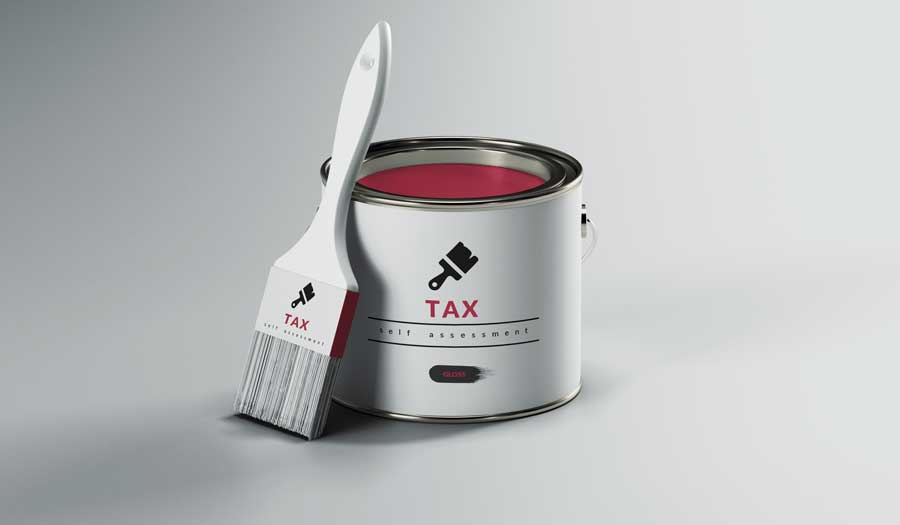
Key points
- Basic taxpayer rights to amend the self assessment, claim overpayment relief and claim overpayments due to departmental error.
- Increasingly complex tax computations have added to the need for exclusions.
- HMRC must correct any erroneous calculations.
- Recovery exercises were undertaken in November 2018 and October 2019.
- Are HMRC recalculations made within the time limits for correcting a self assessment?
- Should taxpayers pay purported underpayments?
Self assessment for income tax has been part of our lives for so long (ever since 1996-97) that it is easy to forget one or two of its underlying principles. Recent initiatives taken by HMRC make it appropriate to question exactly how the system is meant to work.
For starters: ‘It does what it says on the tin.’ That is, the taxpayer files a self assessment of income and suchlike and of the tax payable (TMA 1970, s 9(1)(a) and (b)). For most taxpayers that is the end of the matter – job done.
But how and when may the initial self assessment be changed? Let’s look at the legislation; all references are to TMA 1970 unless specified otherwise.
The taxpayer
There are a few basic principles to bear in mind.
- Under s 9ZA, the taxpayer may amend the self assessment, typically within 12 months of the filing deadline for the original return.
- Under s 30, the taxpayer may claim overpayment relief, typically within four years of the end of the tax year of assessment.
- Under extra-statutory concession (ESC) B41, the taxpayer may be able to claim repayment of overpaid tax: ‘in respect of claims made outside the statutory time limit where an overpayment of tax has arisen because of an error by the Inland Revenue or another government department, and where there is no dispute or doubt as to the facts’.
HMRC
Likewise, HMRC must stay within specific legal parameters.
- Under s 9ZB, HMRC may amend a return to correct ‘obvious errors or omissions in the return, and … anything else in the return that the officer has reason to believe is incorrect’.
- Under s 9ZB(3), ‘no such correction may be made more than nine months after the day on which the return was delivered’. The taxpayer may reject the correction within 30 days under s 9ZB(4) and it will then have no effect.
- Under s 9A, HMRC may open an enquiry into a return, typically within 12 months after the day on which the return was delivered. Such an enquiry may or may not then lead to amendments to the self assessment.
- Under s 29, HMRC may make ‘discovery assessments’, typically within six years (careless errors) or 20 years (deliberate errors) of the end of the relevant tax year.
The ‘recovery’ exercises.
Since 2016-17, HMRC has struggled to programme the self-assessment calculator to deal with increasingly complex personal income tax computations. It has published more ‘exclusions’ where it knows its calculator (and any tax return software based on it) is giving the wrong answer. It then goes through a process of correcting any incorrect calculations to what it hopes is the correct answer. The department describes this process as the ‘recovery exercise’ and it involves issuing tens of thousands of corrected tax calculations (SA302MMs) in the autumn following the filing deadline for the relevant year.
The first so-called recovery exercise, correcting mistakes relating to 22 ‘exclusions’, took place in November 2018 when HMRC issued between 30,000 and 40,000 tax recalculations for 2016-17. We do not know how many of those increased the original tax that was self assessed.
The second recovery exercise was in October 2019 when HMRC issued about 15,000 letters containing revised tax calculations for 2017-18. HMRC described these as ‘autocorrections of the calculation’. The department told me that the majority of these will have reduced the tax liability, but will not say how many showed an increased liability.
Of course, nobody is going to complain if they are told that their tax is reduced a bit, but what about those with an increase?
An example
The taxpayer filed her self assessment for 2017-18 on 24 June 2018. On 28 October 2019, HMRC sent her an autocorrected calculation increasing the liability by £1,100 and asking her to pay it within 30 days. The following points must be addressed.
- Does she have to pay the £1,100? No – the HMRC correction is out of time (nine months from 24 June 2018 was 24 March 2019) and she has no additional liability. She does not even have to reject the correction within 30 days because it was not validly made.
- Can HMRC now open an enquiry? No – the enquiry time limit expired on 23 June 2019.
- Can HMRC raise a discovery assessment? They could try – but I cannot envisage a tribunal agreeing.
How much are we talking?
The amount by which the taxpayer might have underpaid depends on which exclusion applied. HMRC helpfully provides the following information for 2017-18:
- Exclusion 81: maximum underpaid – £1,100 (top slicing relief calculation).
- Exclusion 82: maximum underpaid – £15,075 (non-savings income and loss relief).
- Exclusion 83: example of tax underpaid – £23,209.80 (savings income and loss relief).
- Exclusion 87: example of tax underpaid – £24,000 (pension lump sums).
- Exclusion 93: example of tax underpaid – £200 (relief for finance costs on foreign property).
- Exclusion 94: maximum underpaid – £400 (Scottish taxpayers on remittance basis).
What does HMRC have to say about this?
Recently, I have seen a letter from an HMRC complaints casework officer responding to an agent whose client was sent, in November 2018, a revised tax calculation showing extra tax to pay. The HMRC officer rejected the agent’s suggestion that the correction was not valid under s 9ZB and included the following statement: ‘We have not made any amendments or corrections to a customer’s return entries and as such the action taken is not a Revenue amendment or correction under s 9ZB, but rather an update to the self-assessment calculator to ensure that liability can be calculated correctly.’
It is noteworthy that the HMRC officer did not say: ‘We have not made any corrections to a customer’s self assessment.’
Section 9ZB(1)(a) allows HMRC ‘to correct obvious errors or omissions in the return (whether errors of principle, arithmetical mistakes or otherwise)’ and s 8(7) clearly provides that the calculation of the tax liability (in other words, the self assessment) is part of the return.
I think they know the department knows it is wrong.
Conclusion
Any additional tax calculated by the 28 October 2019 ‘recovery exercise’ is not due and should not be paid, unless the 2017-18 return was filed on 29, 30 or 31 January 2019 or later. If additional tax has been paid, ask for it back.
Any additional 2016-17 tax calculated by the November 2018 recovery exercise is not due and should not have been paid (unless the return was filed late). If additional tax was paid, ask for it back.









